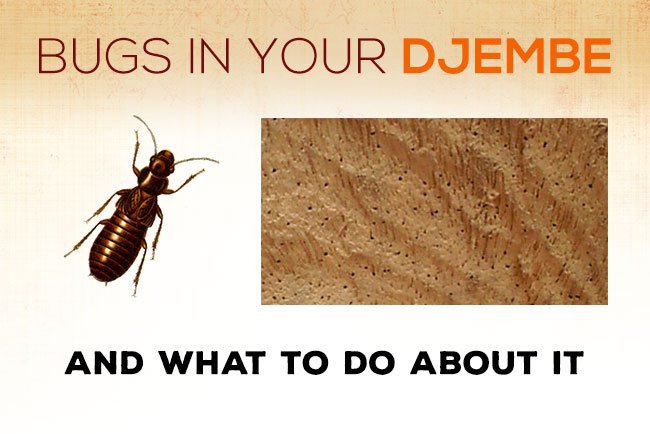
There are a few kinds of bugs, or wood eating insects, that can do real harm to any wooden instrument.
There are several types of insects that eat wood, including:
- carpenter ants
- termites
- bark beetles
- woodborers
- powderpost beetles
Luckily it is quite rare, but it is serious. These little suckers can turn a perfectly good drum into cardboard in less than no time.
As they chew away, the wood becomes weaker and the less resonant.
Eventually the djembe shell cracks or collapse, and you are left with a much lighter, unplayable drum. Yikes!
What to watch out for:
When first identifying the problem, you might see sawdust around the base of your drum.
You may also see tiny holes in the wood. They can be anything from less than a millimeter in diameter.
These are tunnels made by insects as they merrily turn your drum into a condo.
It may be that you simply notice your drum doesn't sound the same, or that it feels lighter.
You might have an infestation. Lovely.

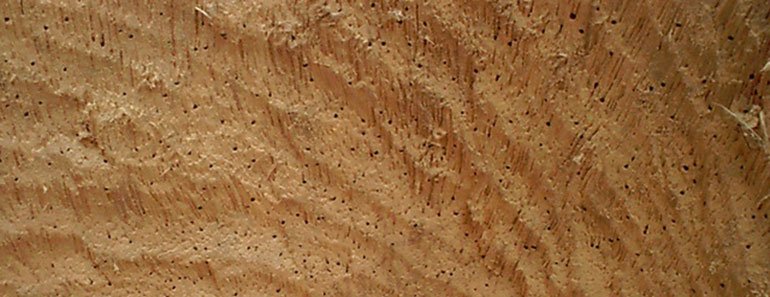
They're not very big but the sheer number of insects is enough to do substantial damage.

What to do
There are various way of treating the problem.
Some of these solutions use chemicals, and there is a risk of the wood soaking up the chemicals, leaving you with a drum that smells and may be dangerous.
Take care, use masks and gloves where necessary.
1. Freeze them out
If you catch the infestation early on, you may be able to save your drum by removing the skin and putting the whole thing in the freezer for 48 hours. Try to get the temperature down to about -20 C.
Removing the skin is of course a big job. More info in reskinning a djembe.
If your drum is big or you have more than one, you might need a big freezer!
Know anyone who owns a restaurant?
If the skin is badly damaged it may have to be replaced.
2. Smoke Them Out
Then put the drum in a large refuse bag and empty a can of bug spray/fogger into the bag before sealing it up for at least 24 hours. Try this one:
Try to use a black bag and put the drum in the sun. The heat will hopefully help to kill the bugs as well as the spray.
If you still can't get rid of them, then you'll need to bring out the big guns.
3. The Big Guns
See if you can find one of the little critters and take a picture of it. Send it to a pest control service and ask them to identify it, then buy a remedy, if not from them you might have luck with a timber merchant.
One particular brand in the UK used against wood lice is Agrodust available at www.pestcontroldirect.co.uk
4. Chemicals
Finally, you can take the skin off and try scrubbing the wood with turpentine. Use this as a last resort, as your drum might smell for a while afterwards.
It would be best to then replace the skin and rope.
5. Check Again
If you think you've got the last of them, just make sure to check the drum often afterwards, in case any of the larvae hatch and the problem starts again.
Once all that is done, you can plug up the holes with a mixture of clean sawdust (not the stuff your drum's been shedding) and wood glue. Then apply some palm oil to repel further invasions.
Unfortunately, if you catch the infestation too late, damage may be too severe and your drum may be ruined.
Good luck!
| This post may contain affiliate links. If you click on the links and buy, we get a commission. It doesn’t cost you anything. See the full disclaimer here. |



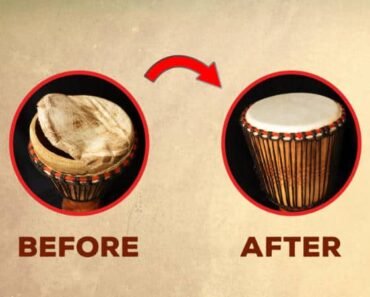

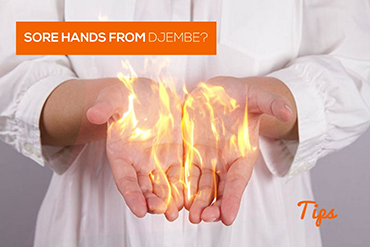

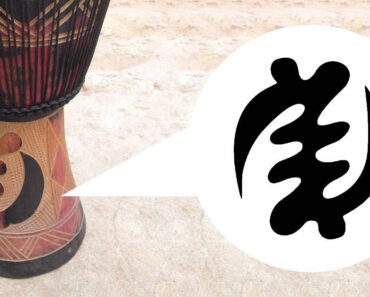

Thanks for this article.
I have recently discovered some woodborer holes in a dundun drum. I think the best treatment for getting rid of them for me will be the chemical approach, but I am concerned about how the chemicals will affect the drum skins. Do you have any information or advice regarding the drumskins when using the “Smoke Them Out” method? How do drum skins (cowhide) react to insecticide? What is the likelihood the drum will need re-skinning after this?
Any assistance much appreciated.
Phil.
My drum was a hand-me-down from a friend who had to move suddenly. It was only a few months old, however, so it is in perfect condition. Anyways, she told me to just get bug spray and put it down the drum every few months, which is what I’ve been doing. It’s been working fine and I haven’t noticed any side effects yet, but will this cause any damage to the drum?
The Weekly Beth | theweeklybeth.wordpress.com